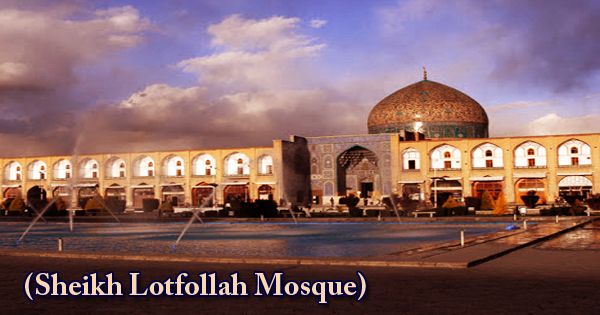Kartalab Khan Mosque, also known as Begum Bazar Mosque, situated in the Begum Bazar area in old Dhaka, Bangladesh, was built by Diwan murshid quli khan (alias Kartalab Khan) in 1701-04. The Kartalab Khan Mosque with its five-dome is equivalent to the Khan Mirdha Mosque. The mosque consists of a highly valued platform, a mosque north on the western half of the platform with a ‘dochala’ annex, and a ‘baoli’ (well stepped) east of the platform. The mosque is two-storeyed, the lower level of the side is split into storefronts while the side features a madrasa at the lower level and also the prayer area located on the upper level. The northern fringe of the raised platform, 39.62m from north to south and 13.41m from east to west, has an apse-like appearance. The apse-like a part of the platform is cut within the center to accommodate a tomb-a surcophagus ascribed to the primary Imam of the mosque. Underneath the platform are a series of square and rectangular rooms, which are now released to shopkeepers. On the eastern side of the platform, there’s a renovated arched-gateway approached by a flight of steps. Internally the mosque is split into five bays which are marked on the outside by corresponding domes and blind kiosks delineating the divide between each bay. The unusual location of a graceful do-chala hut shaped room on its north face which makes the mosque unique with its distinctive curvilinear eaves. A stepped well or baoli is to the side of the mosque, the only surviving example of its kind in Bangladesh but common in Upper India.
The proper mosque, with its corner towers, measures 28.65 m by 8.23 m and is reached from the east via five arched doorways, each opening underneath a half-dome, flanked by slender octagonal towers that rise above the parapets. The whole mosque was once reconstructed by the Jamider of Dhaka, Mirza Golam Pir. In accordance with Murshid Quli Khan’s wishes, he was buried under the doorway to the present mosque. In decorating the building greater emphasis was given to architectural elements, like flanking ornamental turrets of the doorway and mihrab projections, kiosks, cupolas, and lotus and kalasa finials. The doorways and therefore the mihrabs are framed, with crowning rows of merlons. According to the images available, the mosque’s original East façade appears to be concealed behind a verandah added to the mosque’s entrance façade. This expansion accommodated a growing congregation by broadening the mosque’s capacity. The whole building is covered with plain plaster, a distinctive feature of Bengali Mughal architecture.
















